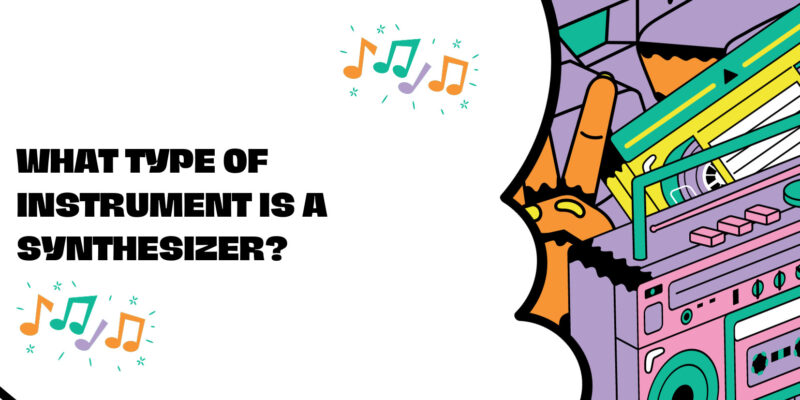Synthesizers, often referred to as synths, are a fascinating category of musical instruments that have played a pivotal role in shaping the landscape of modern music. However, their classification within the world of musical instruments is not always straightforward. In this article, we’ll delve into the multifaceted nature of synthesizers and explore the various ways they can be categorized.
The Origin of Synthesizers
Synthesizers emerged in the mid-20th century as electronic devices designed to create, manipulate, and generate sound artificially. They deviated from traditional acoustic instruments by using electronic circuitry, oscillators, and various sound synthesis techniques to produce a vast array of tones and textures. This departure from conventional instrumentation laid the foundation for the complexity of synthesizer classification.
Electronic Instruments
One of the most straightforward classifications for synthesizers is as electronic instruments. Synthesizers are fundamentally electronic in nature, as they rely on electronic components to generate and manipulate sound. Unlike acoustic instruments, which rely on physical vibrations or air resonance, synthesizers use voltage-controlled oscillators, filters, and modulators to produce and shape their sounds.
Keyboard Instruments
Many synthesizers are equipped with keyboards, making them part of the keyboard instrument family. These synths, often called “keyboard synthesizers,” are played using piano-style keys. They encompass a wide range of sounds and can mimic the timbres of various instruments, from pianos and organs to string and brass instruments.
Sound Synthesis Technology
Another way to classify synthesizers is by their underlying sound synthesis technology:
- Subtractive Synthesis: Synthesizers that use subtractive synthesis start with complex waveforms and then filter, modify, and subtract harmonics to shape the final sound. Classic analog synths like the Minimoog fall into this category.
- Frequency Modulation (FM) Synthesis: FM synthesizers manipulate the frequency of one waveform with another to create complex, evolving sounds. Yamaha’s DX7 is a famous example of an FM synth.
- Sampling: Some synthesizers use samples of real instruments or recorded sounds as their sound source. These synths can reproduce a wide variety of sounds with incredible realism.
- Additive Synthesis: Additive synthesizers build complex sounds by combining simple sine waves at various frequencies and amplitudes.
Experimental and Hybrid Instruments
Synthesizers are also known for their versatility and ability to transcend traditional classifications. They can be experimental instruments, pushing the boundaries of sound generation and manipulation. Some synths defy easy categorization, employing a combination of synthesis techniques to create entirely unique timbres and sonic textures.
Conclusion
In conclusion, synthesizers are a diverse and multifaceted category of musical instruments. While they are fundamentally electronic and can be classified as keyboard instruments, their true nature lies in their capacity for sonic exploration and innovation. Synthesizers encompass various sound synthesis technologies and can range from emulating traditional instruments to creating entirely new and abstract sounds. Their adaptability and evolving capabilities continue to shape the world of music, making them a vital and exciting part of contemporary music production and performance. Ultimately, a synthesizer is not easily confined to a single category, but rather represents a dynamic fusion of technology, creativity, and musical expression.


